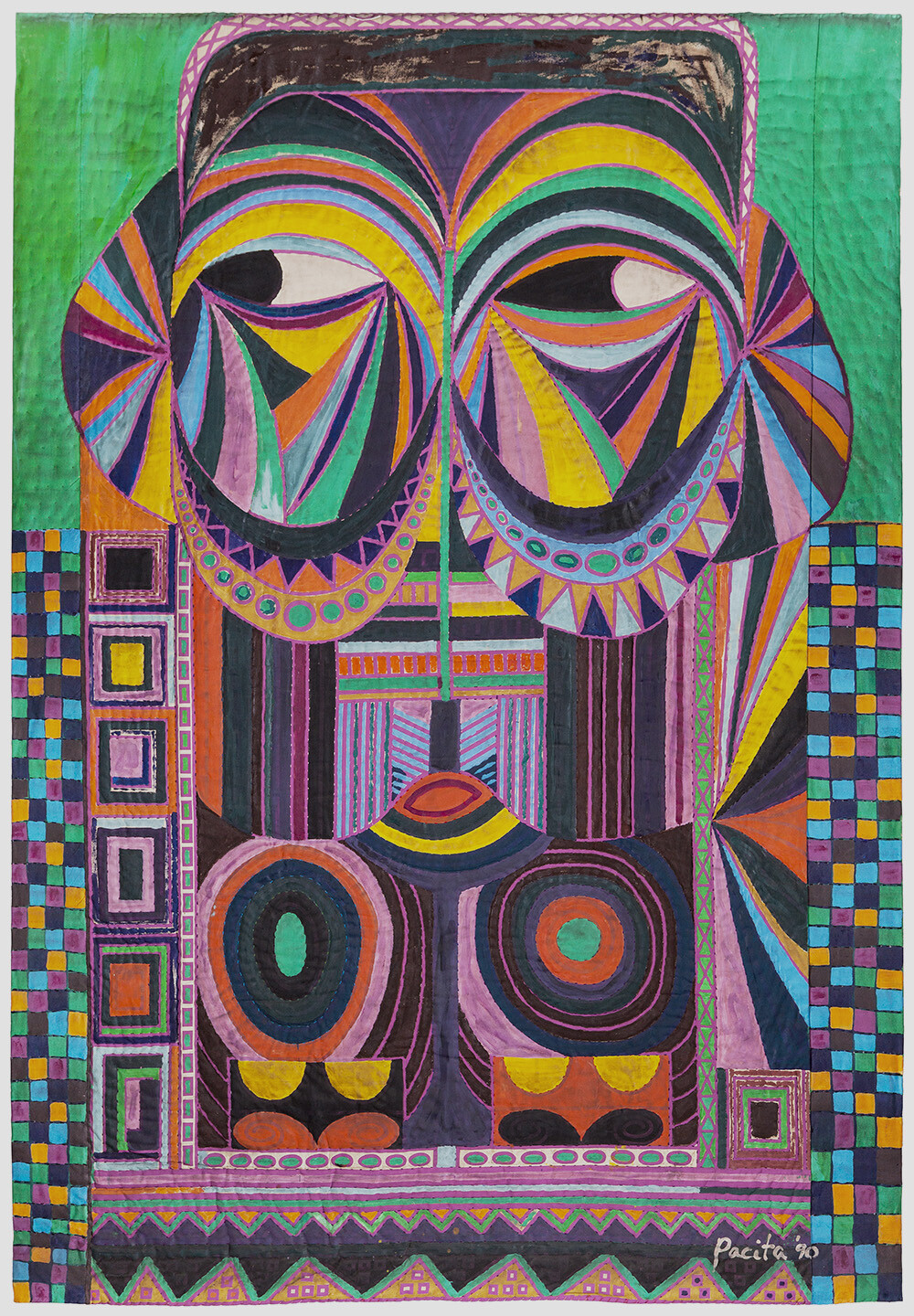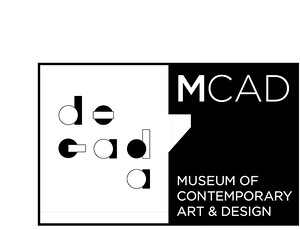A Million Things To Say
April 12–July 1, 2018
G-F De La Salle-College of Saint Benilde, SDA Building
Dominga St.
Manila
1004
Philippines
T +63 82305100
mcad@benilde.edu.ph
The Museum of Contemporary Art and Design Manila presents Pacita Abad: A Million Things to Say, an exhibition dedicated to the works of Filipino artist Pacita Abad. This will be the first presentation of the artist’s work in Manila since her passing in 2004.
Born in Batanes, Philippines, Pacita Abad was the daughter of a congressman, who had hoped that she would traverse a similar political path. But the course of Abad’s life changed after a year of travelling in 1973 to Iran, Afghanistan, Pakistan, India, Sri Lanka, Myanmar, Thailand, Laos, Taiwan and Hong Kong. She decided to take up painting. Abad later married a developmental economist, Jack Garrity, whose work predisposed them to travel to developing countries. Her experiences in each place informed her subject matter from the beginning; traditional art practices like ink-brush painting in Korea, paint brushing on silk in the Dominican Republic, batik painting in Indonesia, tie-dye in Africa, macramé in Papua New Guinea, were techniques she introduced either singly or several in one art work.
The exhibition, curated by Joselina Cruz and artist Pio Abad, proposes a productive re-construction of Pacita Abad’s categories of self and her place in art history through her trapunto paintings. In the late seventies and early eighties Abad worked a quilting method, trapunto, onto her canvasses, then layered objects on top of her quilted material: stones, sequins, glass, buttons, shells, mirrors, printed textile. This, which the artist called trapunto painting, would help define Pacita Abad. The technique, and the process which consists of layering, stuffing, stitching and the collaging of objects on painted canvas, and its final form as textile work arrive at discussions of craft as shown and presented within the modality of contemporary art.
As an Asian female artist trying to work as a painter, Abad was very much aware of the existing prejudices that came with it. Abad was part of the historical moment when the Philippines was undergoing great political change. The urgency to identify as part of a nation undergoing such political trauma was there, and Abad responded by producing paintings of events taking place elsewhere, but which echoed similar ones in the Philippines: refugees in Cambodia, Yemeni homes after the riots, Laotian immigrants assimilating to exile in America. Her work was “multi-ethnic” as it brought together experiences across cultures—Bangladesh to Sudan, Sudan to Jakarta, Jakarta to Boston, Washington D.C. to Manila, Yemen to Singapore—her creative trajectory dictated by her constantly shifting location.
Abad’s understanding of the idea of a global preceded many of her contemporaries, a complex understanding often disguised under the weight of colour, material, and her persona. In 2002, Abad said of how she goes about working on her art: “I think global, not racial. I go out, learn the wider horizon, develop and evolve…” Such a reflection can only come from, in Abad’s case, her itinerancy, her continuous crossing of countries and cultures, plotting the variables and coordinates across a map while shaping a multiplicity of narratives rarely seen today.
Related events
Differentiating Material Design, Art & Craft
April 27, 10am–4pm
A discussion on differentiating Design, Art and Craft followed by in-lab classes on Fabric Construction, Surface Design and Process.
Exploring Conservation (in partnership with Lopez Museum and Library)
May 19, 3–5:30pm
The exhibition, Pacita Abad: A Million Things To Say, required new research on textile conservation to be explored. Join the discussion with experts from the Philippines’ leading Art Conservation department at the Lopez Museum and Library.
Full details for each program are available on our website.
About the artist
Born in the Philippines in 1946, Pacita Abad studied painting at the Corcoran School of Art in Washington D.C. and the Arts Student League in New York. Her work has been featured in solo exhibitions at the National Museum, Jakarta, Indonesia; Hong Kong Arts Centre, Hong Kong, The Museum of Philippine Art, Manila; Cultural Center of the Philippines, Manila; Bhirasri Museum of Modern Art, Bangkok, Thailand; Singapore Tyler Print Institute, Singapore; The National Museum for Women in the Arts, Washington, D.C.; and the National Center of Afro-American Artists, Boston, among others. She has participated in numerous group exhibitions, including: Beyond the Border: Art by Recent Immigrant, Bronx Museum of the Arts, New York; Asia/America: Identities in Contemporary Asian American Art, a traveling exhibition organized by the Asia Society, New York; Olympiad of Art, National Museum of Modern Art, Seoul, Korea; 2nd Asian Art Show, Fukuoka Art Museum, Fukuoka, Japan and La Bienal de Habana, Havana, Cuba. She died in Singapore in 2004.



